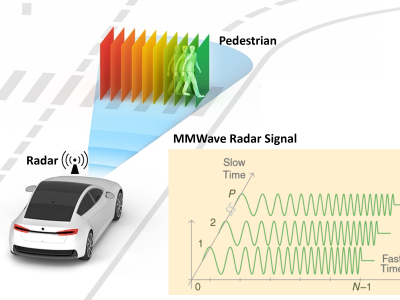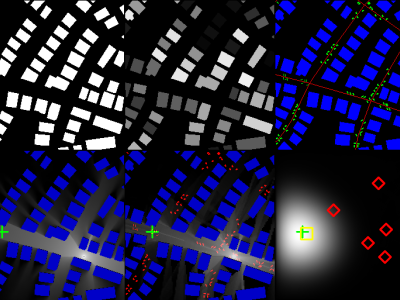kyutech/throughput

- Citation Author(s):
-
Marat Zhanikeev (Kyushu Institute of Technology)
- Submitted by:
- CRAWDAD Team
- Last updated:
- DOI:
- 10.15783/C7PK5M
- Data Format:
 99 views
99 views
- Categories:
Abstract
Measurements on real HTTP throughput via several 3G/LTE providers in Japan.
While recent LTE provider promise very high rates, end users often complain that HTTP throughput is not sufficient for rich multimedia, even as non-demanding as YouTube. It is interesting that this artifact can be found in both 3G and LTE providers. For example, it is not uncommon for a YouTube video to freeze on a terminal with LTE connection. The main cause of such artifacts is the congestion due to high and further increasing number of subscribers. Congestion can happen at several points inside a given 3G/LTE provider, but it is not important to end user because content is commonly found outside of 3G/LTE providers, guaranteeing that all subscribers have to do through the bottleneck.
This dataset contains measurements conducted on 3 (anonymized) 3G/LTE providers in Japan in April-May 2013. The measurement design was very simple -- a webapp running on 3 terminals (that were tweaked not to go to sleep and not used for anything else) would regularly send web requests to a web server placed within a university campus and measure the round-trip time of the request. Bulk size was randomly selected from a number of preset values and was always downloaded (HTTP get request with bulk returning in reply). It was verified that the wired part of the e2e connection was never the bottleneck, implying the throughput was always impaired within a given 3G/LTE provider.
date/time of measurement start: 2013-04-14
date/time of measurement end: 2013-05-16
data collection methodology: A webapp running on 3 terminals (that were tweaked not to go to sleep and not used for anything else) would regularly send web requests to a web server placed within a university campus and measure the round-trip time of the request. Bulk size was randomly selected from a number of preset values and was always downloaded (HTTP get request with bulk returning in reply). It was verified that the wired part of the e2e connection was never the bottleneck, implying the throughput was always impaired within a given 3G/LTE provider.
Traceset
kyutech/throughput/throughput
The entire dataset of 3G/LTE throughput measurements
- file: throughput.tar.gz
- measurement purpose: Network Diagnosis
kyutech/throughput/throughput Trace
- throughput: The entire dataset of 3G/LTE throughput measurements
- format: The dataset contains of CSV and PDF files. CSV file contains the dataset itself. The PDF file visualizes the throughput (in Mbps) classified into several kinds of days. Days are classified into normal week days or holidays -- measurement period included the long holidays in Japan known as the Golden Week.
Columns in the dataset are:
- time: the unix time
- typeofday: either week day or 'holiday' for part of the Golden Week
- provider: anonymized into A, B, C
- size: size of request (download) in Mbytes
- took: round time of the request, in ms
Instructions:
The files in this directory are a CRAWDAD dataset hosted by IEEE DataPort.
About CRAWDAD: the Community Resource for Archiving Wireless Data At Dartmouth is a data resource for the research community interested in wireless networks and mobile computing.
CRAWDAD was founded at Dartmouth College in 2004, led by Tristan Henderson, David Kotz, and Chris McDonald. CRAWDAD datasets are hosted by IEEE DataPort as of November 2022.
Note: Please use the Data in an ethical and responsible way with the aim of doing no harm to any person or entity for the benefit of society at large. Please respect the privacy of any human subjects whose wireless-network activity is captured by the Data and comply with all applicable laws, including without limitation such applicable laws pertaining to the protection of personal information, security of data, and data breaches. Please do not apply, adapt or develop algorithms for the extraction of the true identity of users and other information of a personal nature, which might constitute personally identifiable information or protected health information under any such applicable laws. Do not publish or otherwise disclose to any other person or entity any information that constitutes personally identifiable information or protected health information under any such applicable laws derived from the Data through manual or automated techniques.
Please acknowledge the source of the Data in any publications or presentations reporting use of this Data.
Citation:
Marat Zhanikeev, kyutech/throughput, https://doi.org/10.15783/C7PK5M , Date: 20150616
















